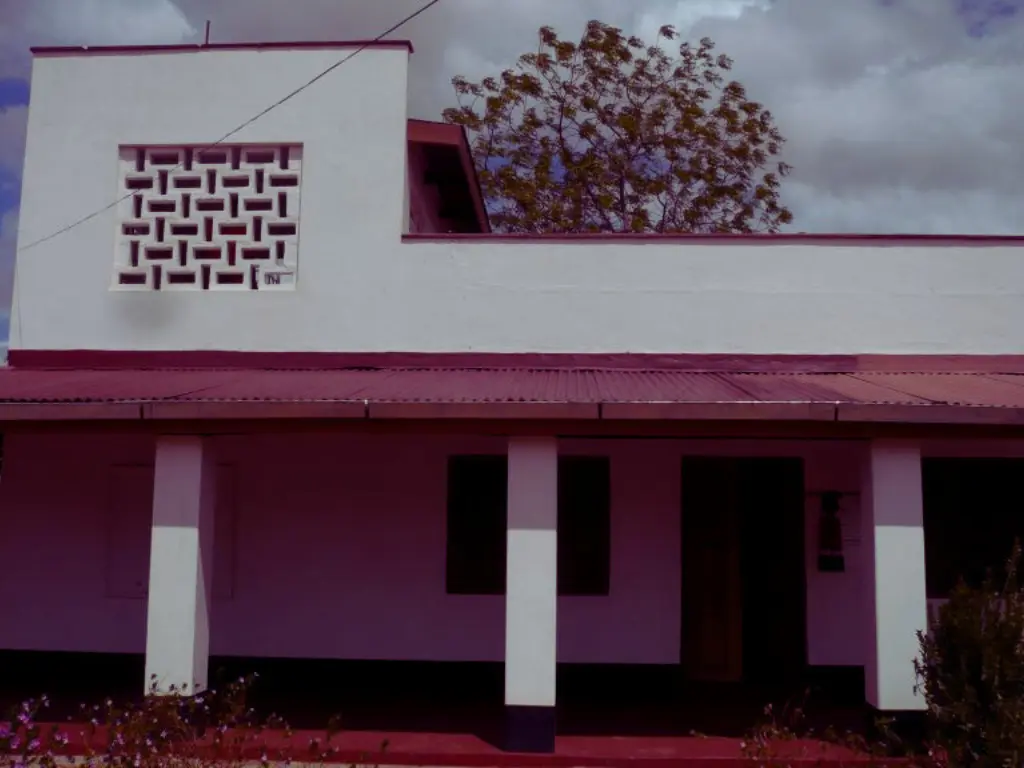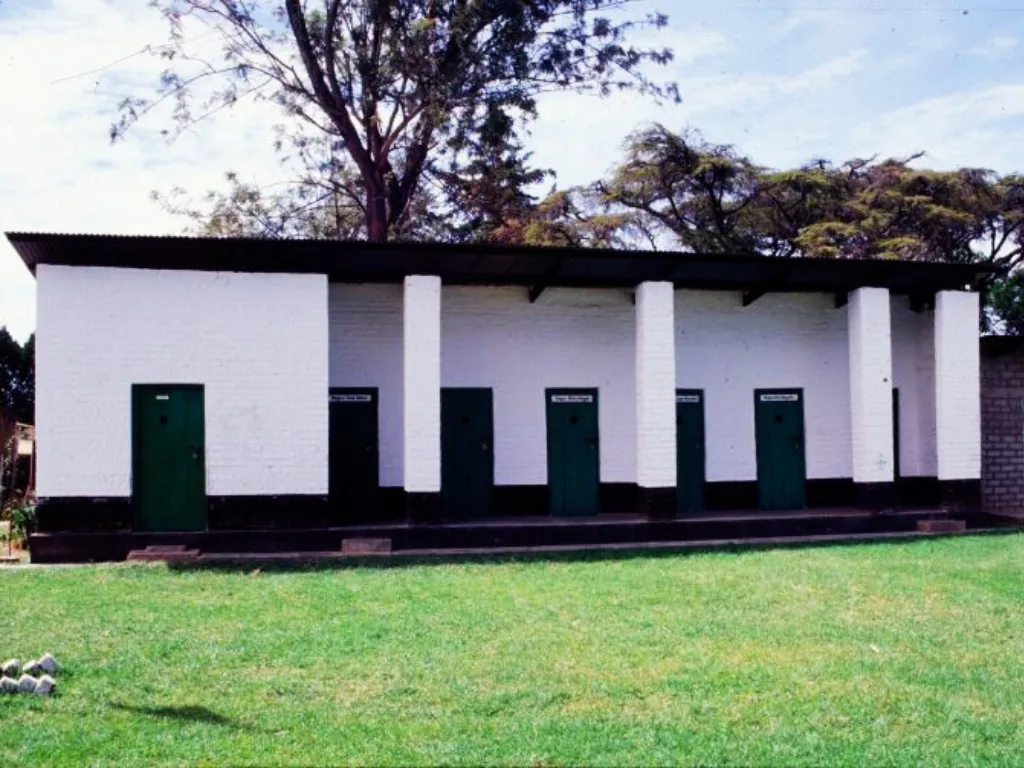

Why Visit? The Kapenguria Museum occupies the historic prison complex where six leaders of Kenya’s independence movement—popularly known as the Kapenguria Six—were detained and tried by the British colonial government in 1952–1953. This museum preserves Kenya’s liberation history while also celebrating Pokot culture and heritage. Located in West Pokot County in northwestern Kenya,
A tribute to the Kapenguria Six, including personal items, letters, photographs, and biographies.
Preserved in their original state, giving visitors a glimpse into colonial justice systems.
Artifacts and explanations of traditional Pokot customs, dress, and livelihood.
A multimedia section featuring documentaries and rare footage of the independence movement.
The museum is housed in the Kapenguria Prison, originally built by the colonial administration. It gained national significance during the Mau Mau uprising, as it was where key nationalists—Jomo Kenyatta, Achieng Oneko, Paul Ngei, Bildad Kaggia, Kung’u Karumba, and Fred Kubai—were imprisoned after being accused of leading the Mau Mau movement.
In 1993, the facility was converted into a museum by the National Museums of Kenya, preserving the courtroom, prison cells, and important exhibits documenting Kenya’s struggle for independence.
Opening Hours: Monday–Sunday, 8:30 AM – 5:30 PM (including public holidays)
Admission: Available via eCitizen platform; discounted rates for students, seniors, and groups
Access: The museum is accessible by road via Kitale, with parking available onsite
Freedom History Tours: Guided walkthroughs highlighting the journey to Kenyan independence
School Visits: Customized sessions aligned with the national curriculum
Cultural Performances: Traditional Pokot music, dance, and storytelling (available by arrangement)
Public Forums: Talks on heritage preservation, political memory, and nationalism
Kapenguria Museum is an essential site for research on Kenya’s colonial history, anti-colonial resistance, and indigenous cultures. Its archives serve scholars, writers, and students exploring African nationalism and heritage politics.
Visitor Centre: Tickets, brochures, and information desk
Rest Areas: Outdoor seating with shade
Toilets: Clean and accessible
Parking: Onsite parking for private and school vehicles
Ideal for History Lovers: Spend at least 2 hours for a full experience
Combine With: A cultural visit to a Pokot homestead or a nature trek in the Cherangany Hills
Photography: Permitted in most areas; flash photography may be restricted in heritage zones
Phone: +254 721 308 485 / +254 20 8164134
Walk through the footsteps of Kenya’s founding heroes at Kapenguria Museum—a solemn space where resistance, memory, and identity endure.
The National Museums of Kenya (NMK), established under the Museums and Heritage Act (2006), is a multi-disciplinary institution dedicated to collecting, preserving, researching, and presenting Kenya’s cultural and natural heritage.
Sign up to our newsletter